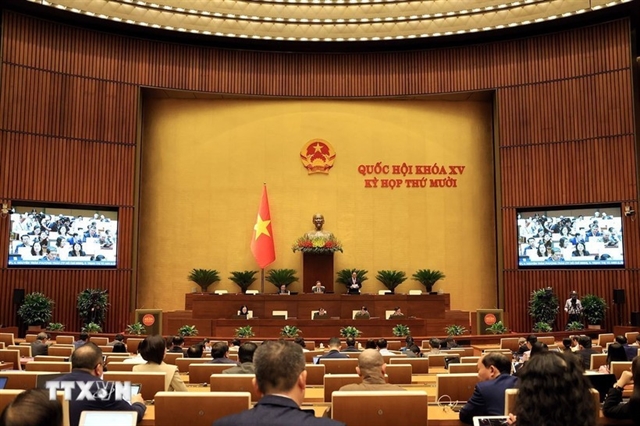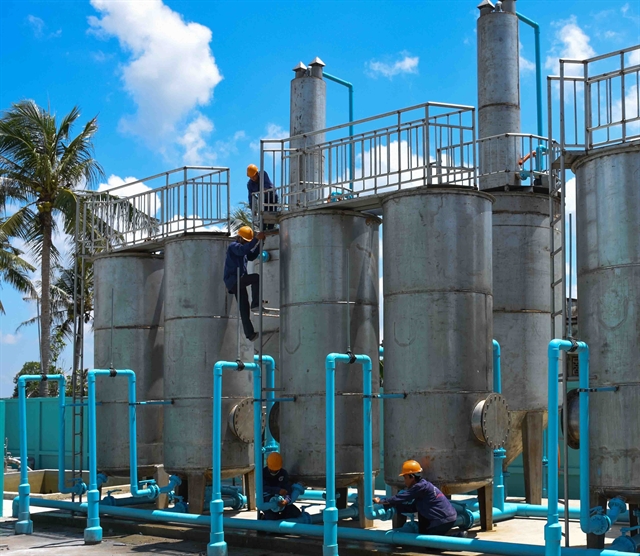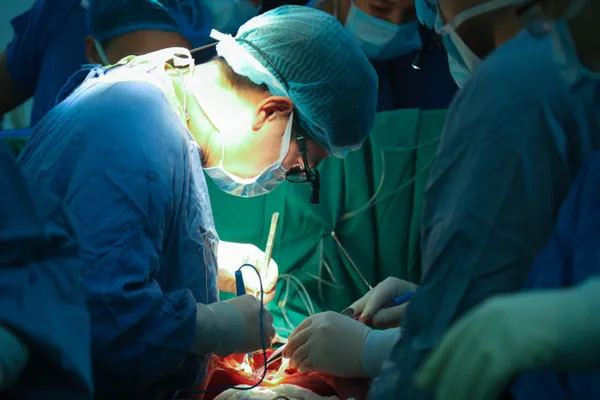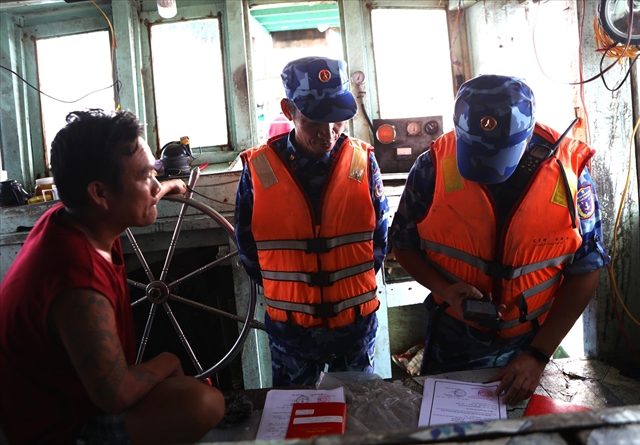 Environment
Environment

The Cửu Long (Mekong) Delta province of Cà Mau plans to build more water supply systems, set up water pipes, drill bore wells, and provide water containers for households affected by drought and saline intrusion, according to its Department of Agriculture and Rural Development.

|
| Cà Mau Province is speeding up construction of water supply projects to provide clean water for household use. – VNA/VNS Photo Huỳnh Thế Anh |
CÀ MAU – The Cửu Long (Mekong) Delta province of Cà Mau plans to build more water supply systems, set up water pipes, drill bore wells, and provide water containers for households affected by drought and saline intrusion, according to its Department of Agriculture and Rural Development.
The southernmost province has more than 20,850 households facing water shortage in the 2019 - 20 dry season.
The households either have no access to tap water or have to use tap water from degraded supply systems.
The department has instructed its Clean Water and Rural Sanitation Centre to install new water pipes to connect 6,000 households who have no access to tap water.
The centre will also upgrade deteriorating tap water supply systems to secure water for more than 6,200 households.
New water supply systems will be built to provide clean water for 4,000 households who live in populated residential areas that have no water supply.
The centre will also drill six public bore wells and provide plastic containers to store water for 4,200 households who live in scattered areas and cannot access tap water.
Cà Mau has called on international organisations and domestic donors to provide plastic water containers and water treatment facilities for households affected by drought and saltwater intrusion.
The province has installed huge plastic water containers at public places like communes' People’s Committees and cultural houses to supply free water for needed households.
It has also used tank trucks to transport water to supply clean water for households in remote areas, border areas, and islets.
Cà Mau needs about VNĐ230 billion (US$9.8 million) to build water supply infrastructure to provide clean water for household use, according to the centre.
The Government recently decided to provide Cà Mau VNĐ70 billion ($3 million) for prevention and control of drought and saltwater intrusion in the 2019 – 20 dry season.
The money will be used to pump water, dredge canals, build dams, install water pipes, dig wells, buy water treatment facilities, and transport clean water to households in areas affected by drought and water intrusion. – VNS




